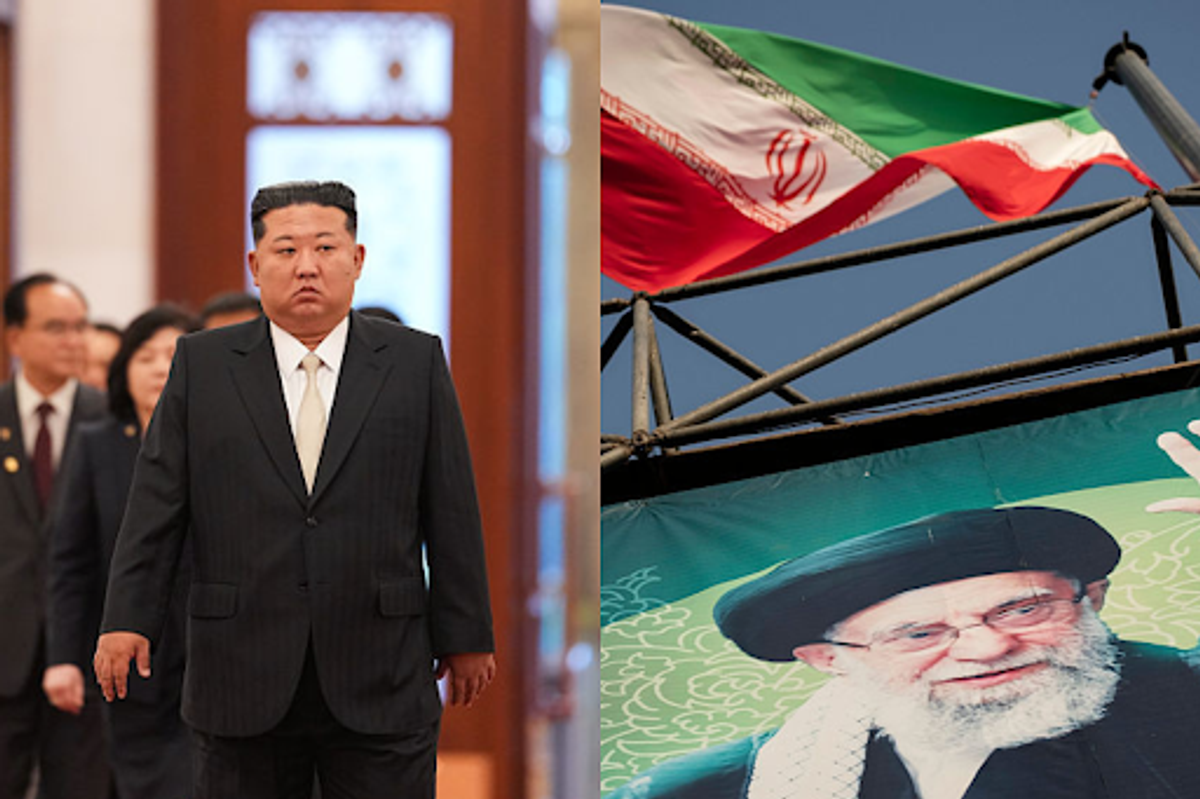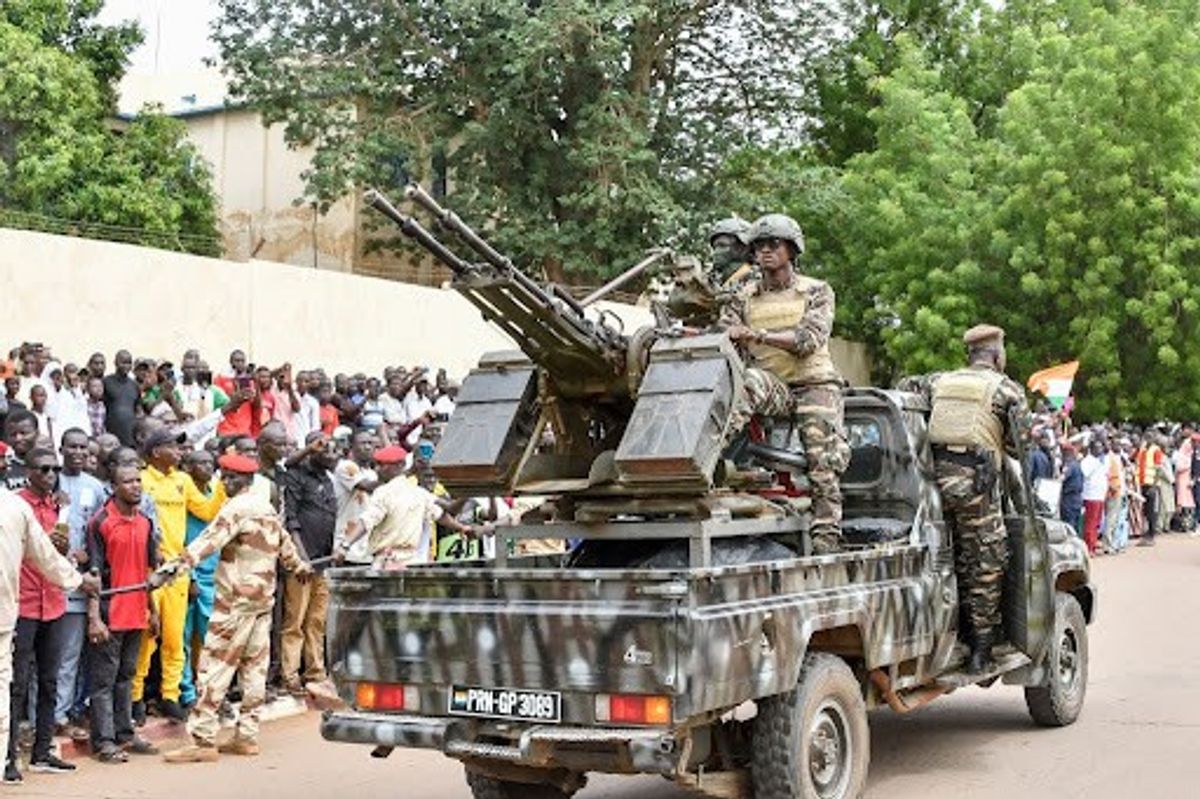OPINION — The killing of 26 Indian tourists at Pahalgam in Indian Administered Kashmir (IAK) is the first major terrorist incident in Kashmir since Pulwama in 2019. Following the Pulwama episode, India launched an aerial attack on an alleged training camp outside the Pakistani town of Balakot. Later an Indian MiG 21 jet was shot down and its pilot taken prisoner. The prompt Pakistani release of the pilot enabled both sides to climb down the escalatory ladder and for war to be avoided. It was a fortunate end to a perilous situation.
Indian Prime Minister Narendra Modi set two precedents in the way he responded to the Pulwama episode. The first was that any terrorist attack in which a direct Pakistani hand was evident would be met with a kinetic response. The second was that the retaliation would happen in Pakistan and not in Pakistan Administered Kashmir (PAK) where low-level conflict is relatively commonplace. He also established a belief in India that there exists a space for conventional warfare against Pakistan without the danger of nuclear escalation.
So the strong likelihood now is that India will launch a retaliatory attack in the days to come. New Delhi seems already to have concluded that Pakistan was complicit in the attack and that the relatively new Resistance Front (TRF) is an offshoot of the Lashkar-e-Tayyiba (LeT) terrorist organization, which is based at Muridke, about 30 miles from Lahore.
In 2019 India had real difficulties in selecting a target. It did not want its aircraft to fly deep into Pakistani airspace for fear of air defences and it did not wish to inflict large-scale civilian casualties. That was why it did not attack Bahawalpur, the large city which is home to Jaish-e-Mohammed (JeM), the group responsible for the Pulwama atrocity. Instead, they chose a remote camp very close to the border, and used glide bombs so that their aircraft did not have to penetrate Pakistan airspace.
In this case the situation is different. Muridke is also a large town, but the LeT’s headquarters comprise a very large compound known as the Markaz Dawa al Irshad (MDI). An attack on this compound (which includes a mosque, madrassas and even industrial sites) would certainly kill a lot of innocent civilians, but India might argue that it was nonetheless a justified target.
To avoid the danger of losing another aircraft and particularly of having servicemen taken captive, India might rule out the use of aircraft and of land forces, preferring instead to launch a missile attack. India has a range of home-grown ballistic and cruise missiles perfectly capable of doing the job with the required accuracy, but it nevertheless would be impossible to avoid civilian casualties.
Experts are gathering at The Cipher Brief’s NatSecEDGE conference June 5-6 in Austin, TX to talk about the future of war. Be a part of the conversation.
One point to ponder here is whether the global tolerance of civilian casualties has changed since 2019, with the regular scenes of devastation from Ukraine and with the apparent acquiescence of the West to almost daily Israeli attacks on Gaza since the Hamas attacks of October 7, 2023. Any Western plea for restraint would likely be viewed by Modi with irony, and even disdain.
What would Pakistan make of all this? Seeing incoming missiles, Pakistan would doubtless conclude that they would not carry nuclear warheads. Equally certain, however, is the fact that the Pakistani military would retaliate. During the Balakot crisis Pakistan threatened to fire three missiles into India for every one received. Such a ratio today would lead to a rapid escalation, not least because Pakistan has a paucity of targets to attack. There are no known terrorist-related towns or camps in India. The only alternative would be to attack Indian military installations, an act with inherent escalatory implications.
This brings us to a related point. The Pakistan army is convinced that India is sponsoring terrorist groups from camps in Afghanistan. They claim to have proof in the form of intercepted calls but have never released any evidence.
The most dangerous such group is the Balochistan Liberation Army (BLA), which was responsible for the attack on the Jaffar Express train carrying 440 passengers between Quetta and Peshawar on 11th March. The BLA also killed 10 Pakistani soldiers in Quetta in late April and a further 18 in Kalat in March. The BLA also attacks Chinese nationals working in Balochistan on the China Pakistan Economic Corridor (CPEC), part of China’s famed Belt and Road Initiative (BRI). BLA successes infuriate the Chinese and lead them regularly to question the effectiveness of the Pakistani security forces.
In neighbouring Khyber Pakhtunkhwa province, Pakistan is also encountering a renewed terrorist campaign from the Pakistani Taliban (TTP). In 2024 Pakistan recorded 482 attacks killing 558 people. The TTP campaign is a direct result of the Pakistan army’s own catastrophic decision to press for a Taliban-only government in Kabul in August 2021, when every other country wanted a more representative government. With two of its four provinces descending into chaos and Pakistan’s most popular politician, Imran Khan, still locked up, the Chief of Army Staff (COAS), General Asim Munir, is under intense pressure.
Everyone needs a good nightcap. Ours happens to come in the form of a M-F newsletter that provides the best way to unwind while staying up to speed on national security. Sign up today.
It was doubtless this pressure which prompted him to deliver a toxic speech to an Overseas Pakistanis convention in which he called Kashmir the “jugular vein” of Pakistan. Munir’s hostility to India is at direct odds with the civilian government of Shehbaz Sharif. Sharif and his older brother Nawaz have long wanted normalization of relations with India. Nawaz, who has no love for the army, has urged his brother to seek a diplomatic route out of the current crisis. He must have flashbacks of how the army’s reckless adventurism under General Pervez Musharraf at Kargil in 1999 undermined his political outreach to the Indian government of Prime Minister Atal Vajpayee. The truth, however, is that the Sharif brothers are powerless in the face of Munir’s new hostility to India.
The Indians are no angels in this conflict either. Foreign Minister S. Jaishankar, speaking at Chatham House in March, took a needlessly hard line on Kashmir, demanding the return of the whole former princely state. Hitherto it has been generally accepted that, under any settlement, Pakistan would retain Gilgit Baltistan just as India would keep Ladakh and Jammu. Quite why India is adopting this maximalist position may owe something to the belief that Modi may now have a firm ally in the White House.
The suspension of the Indus Water Treaty of 1960 is also a foolhardy move by India. The fact that the treaty has survived for 65 years demonstrates both its importance and effectiveness in regulating the waters of 6 rivers between 2 antagonistic nations and 500 million people. Fortunately, this crisis will be over before any serious damage to irrigation or hydro-electric power is done.
During the Pulwama/Balakot crisis a backchannel was in operation between the Indian National Security Advisor and the Pakistani intelligence chief. Let us hope that the channel still exists, and that it can help defuse a crisis which is likely to develop quickly once India’s retaliation is made.
The Cipher Brief is committed to publishing a range of perspectives on national security issues submitted by deeply experienced national security professionals.
Opinions expressed are those of the author and do not represent the views or opinions of The Cipher Brief.
Have a perspective to share based on your experience in the national security field? Send it to Editor@thecipherbrief.com for publication consideration.
Read more expert-driven national security insights, perspective and analysis in The Cipher Brief












